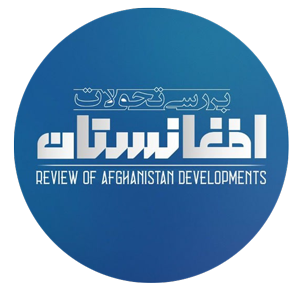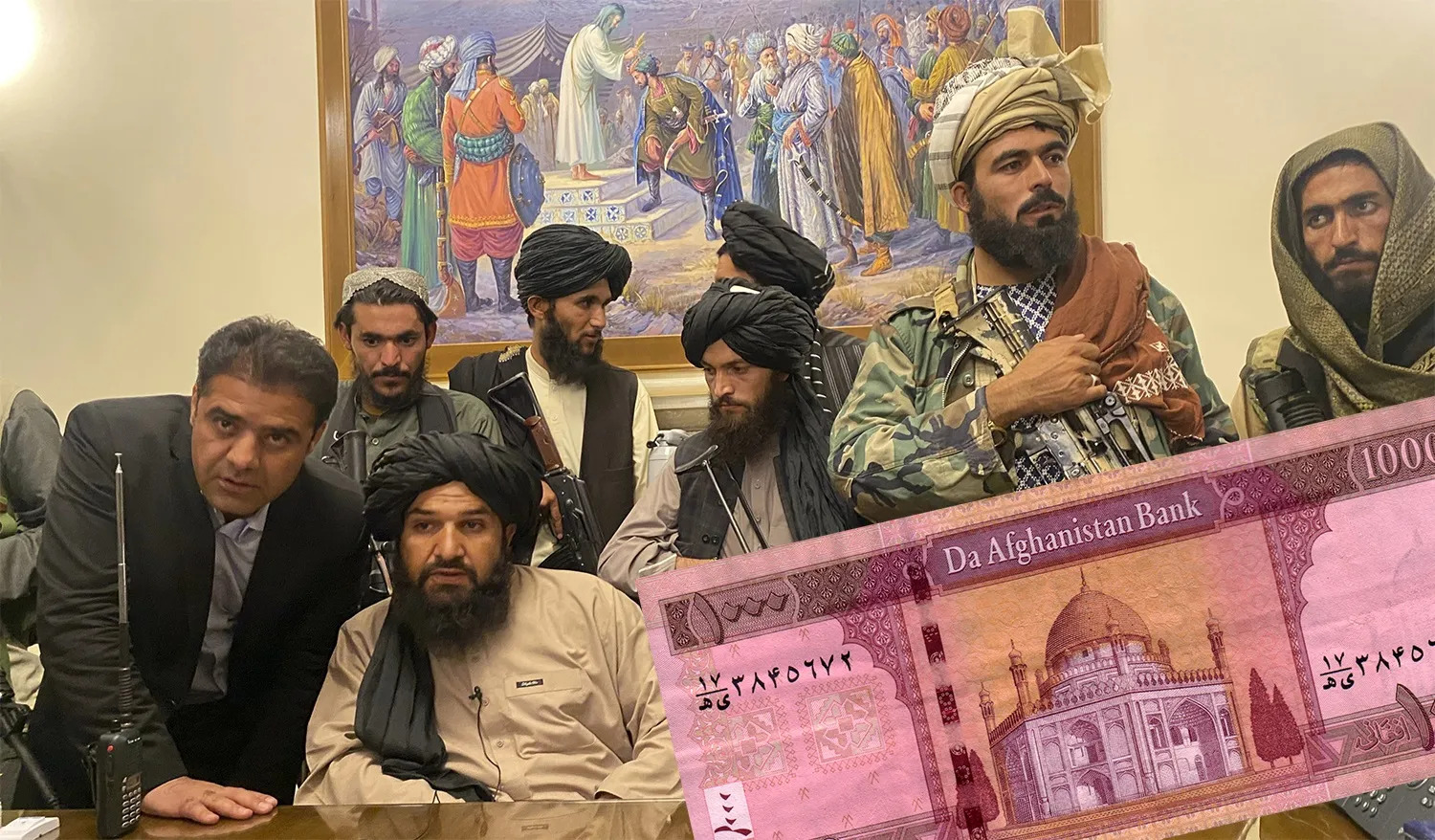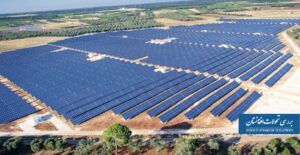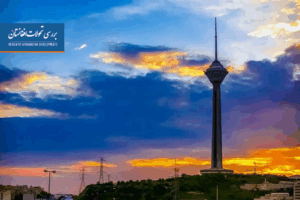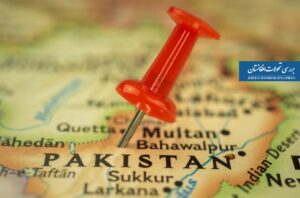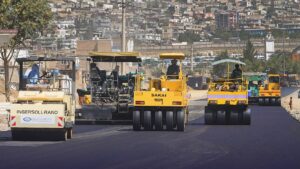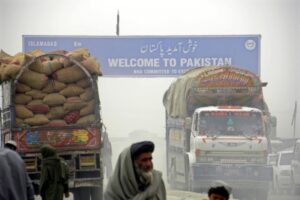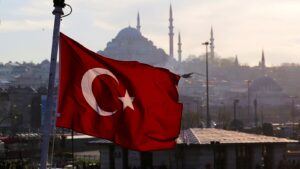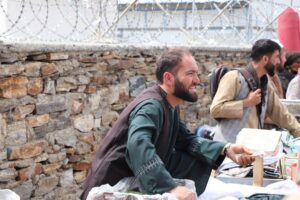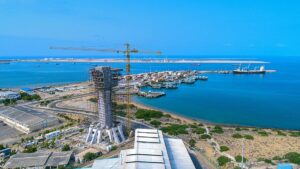Review of Afghanistan developments
In the year 2021, the economy of Afghanistan encountered a profound crisis following the Taliban’s takeover of Afghanistan. This economic turmoil was attributed to the remnants of the prior government’s failing economy, the abrupt halt of international assistance, sanctions, diminished investment, inflation, and elevated unemployment rates, all of which had drastically impacted the livelihoods of a significant portion of the nation’s populace.
Currently, following four years of Taliban governance, noticeable changes are occurring within the economy of Afghanistan, despite the persistence of several fundamental challenges. This article explores the economic and livelihood conditions in Afghanistan during the initial and fourth years of Taliban rule, while also assessing future prospects.
The Economy of Afghanistan in the first year of Taliban rule
In 2021, due to significant political changes and the emergence of the Taliban government, the economy of Afghanistan became increasingly difficult. A report from the World Bank indicated that the inflation rate soared to approximately 25 to 30 percent, while the national currency (Afghani) depreciated by over 40 percent. Consequently, the exchange rate of the dollar in the open market rose from around 80 Afghanis at the beginning of 2021 to over 130 Afghanis by the end of that year.
Unemployment increased significantly, with over 40 percent of the workforce, particularly women, being excluded from the labor market. The cessation of international aid, which had accounted for more than 70 percent of the prior government’s budget, inflicted a substantial blow to the economy. Furthermore, sanctions and the absence of official acknowledgment of the Taliban government resulted in a marked decrease in both domestic and foreign investment.
The volatile political climate, coupled with social restrictions and an economic crisis, resulted in a notable decrease in the social and psychological optimism of the populace. Furthermore, the Taliban government’s prohibition on women’s employment and education rendered a considerable segment of the workforce unutilized. In light of these challenges, the Taliban administration initiated measures to revitalize the economy of Afghanistan, which included combating administrative and financial corruption, enhancing tax revenues, and reforming the tax system, ultimately resulting in a relative increase in domestic income.
In recent decades, the economy of Afghanistan has been closely linked to drug revenue, and it was anticipated that the Taliban government would take advantage of this situation amid the economic crisis. Nevertheless, in a surprising turn of events, the Taliban leader imposed a ban on poppy cultivation, and this directive was rigorously enforced.
The Economy of Afghanistan in the fourth year of Taliban rule
Reports from global monitoring agencies and field data indicate that during the fourth year of the Taliban government, the economy of Afghanistan has seen a modest improvement in comparison to the first year. As per the World Bank’s findings, Afghanistan’s economic growth rate for 2025 has risen considerably, primarily attributed to initiatives aimed at rebuilding infrastructure, advancing energy projects, and enhancing regional transit.
The inflation rate for certain essential commodities, including flour, has notably declined in comparison to the inaugural year of the Taliban government. This reduction can be attributed to the relative stabilization of the Afghani currency, political stability, and improved management of monetary and trade policies. In spite of the sanctions, the central bank and the banking sector have managed to recommence their operations following initial restrictions and have returned to a state of normalcy. In recent years, significant advancements have been made in the domain of oil and gas extraction projects, with several extraction sites and refineries being established.
In the mining sector, substantial contracts have been established with international firms, amounting to nearly six million dollars. While these agreements are still in their early phases, they reflect the trust that foreign investors have in the emerging Afghanistan. In addition to these large projects, small-scale mining operations persist, utilizing local resources.
In the domain of power generation, various investments have commenced across different regions of Afghanistan, primarily concentrating on solar energy. Recently, a substantial power supply agreement with the “Azizi Group Company” has generated optimism within the energy sector. As per a report from the Ministry of Energy and Water of Afghanistan, the power generation contract with the Azizi Group, recognized as a national investor, is expected to enhance the power generation capacity by 10,000 megawatts and will significantly influence both employment and energy production.
Trade relations with neighboring nations, particularly Iran and Pakistan, have expanded considerably. While Afghanistan’s exports to other nations remain limited, imports have been on the rise when compared to the years 2021and 2022, suggesting an enhancement in the economic landscape. A significant observation noted in the World Bank reports is the rise in imports of industrial machinery, which may indicate a favorable and progressive outlook for the years ahead.
Regional transit projects, including the Trans-Afghan Railway and the finalization of the fourth phase of the Khaf-Herat Railway, are making notable advancements. These projects aim to link Afghanistan with the transit routes of Turkey, South Asia, China, and Central Asia. Additionally, several other initiatives are underway, such as the enhancement of the Turgandi port in Herat, the integration of the Turkmenistan railway with Herat, the construction of the Herat-Mazar-e-Sharif railway, and the Herat-Kandahar railway project. Furthermore, the TAPI gas pipeline project has progressed to 90 kilometers from Herat city, demonstrating the commitment of both the Taliban government and Turkmenistan to establish this energy transit corridor.
Furthermore, on the domestic front, urban and intercity road development initiatives are progressing with significant vigor, and the populace is experiencing a noticeable transformation. This evident transformation in Kabul and other prominent cities like Herat, Kandahar, and Mazar-e-Sharif has altered the appearance of these urban areas, particularly Kabul.
In recent years, considerable efforts have been made to construct dams across all watersheds in Afghanistan.
In conjunction with these measures aimed at preserving the economy of Afghanistan, Russia’s formal acknowledgment of the Taliban administration and the enhancement of practical relations with neighboring nations have positively influenced the political and economic environment, thereby raising expectations for investment and stability.
Notwithstanding these accomplishments, considerable obstacles persist. The repatriation of over two million refugees from Pakistan and Iran has placed considerable pressure on Afghanistan’s labor and service sectors. Elevated unemployment continues to be a critical issue. As reported by the UN Migration Agency, the housing crisis has worsened due to a construction prohibition enforced by the Taliban administration in Kabul and several other urban areas, complicating efforts to address the requirements of returning refugees.
Social limitations and prohibitions on education and employment for women and girls have diminished the active workforce and the potential for economic development. As reported by the World Food Program, food insecurity, a decrease in domestic income, and rising unemployment have left over 70 percent of Afghanistan’s population reliant on UN food assistance.
Future prospects for the Economy of Afghanistan
Considering the prevailing conditions and trends, the most probable scenario for Afghanistan’s immediate future is the persistence of the existing situation, accompanied by gradual yet limited enhancements. This scenario is primarily shaped by the Taliban government’s ongoing conservative policies in both social and economic domains; these policies have hindered the total removal of sanctions and have impeded the formal recognition process of this government by the international community. Within this context, development and infrastructure initiatives will experience delays, while regional collaboration will progress at a slow, albeit expanding, rate.
The Taliban government’s intention to uphold the conventional and traditional power hierarchy, coupled with the restriction of women’s social involvement and the participation of other civil society organizations, alongside the international community’s apprehensions regarding the human rights situation and internal security, are key factors that strengthen the likelihood of this scenario. Furthermore, the ongoing geopolitical rivalries among nations and the persistence of economic sanctions further constrain the financial and investment landscape in Afghanistan, hindering the establishment of a sustainable development trajectory.
While this situation does not offer a complete solution to the structural issues facing the economy of Afghanistan, it may result in a relative decrease in poverty and unemployment, a slight stabilization of macroeconomic indicators, and a modest enhancement in the living conditions of the populace. Under these conditions, trade relations with neighboring nations, particularly Iran and Pakistan, will be crucial in supplying essential goods, drawing in investment, and sustaining economic activity.
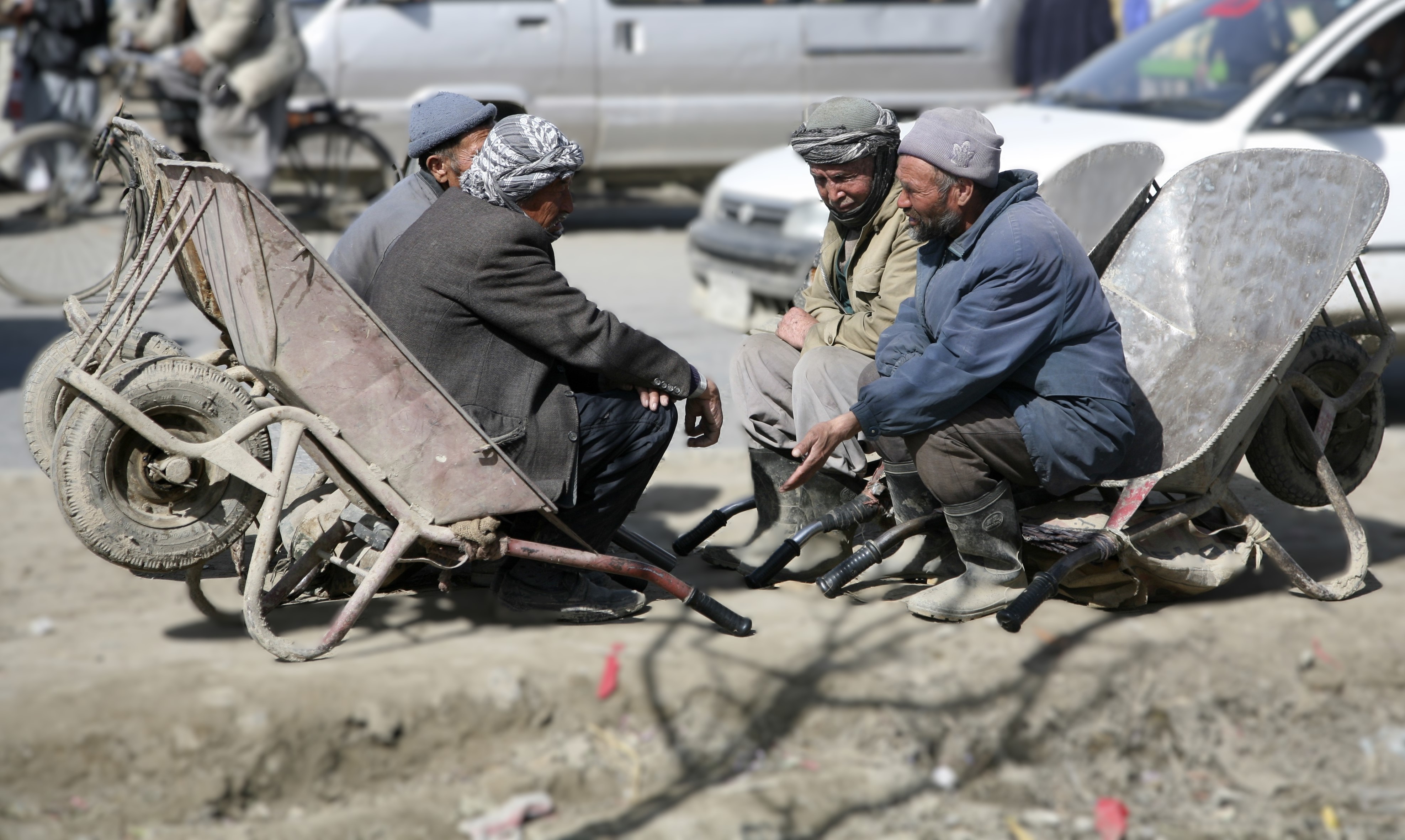
Strategic solutions and recommendations
For Afghanistan to progress towards sustainable development, it is crucial that the Taliban government, along with other domestic and international stakeholders, embrace more open, inclusive, and participatory methods. Safeguarding the fundamental rights of women and youth from all ethnic backgrounds and religions, particularly in the realms of education and employment, is not merely a social imperative but also a vital component in broadening the nation’s active and productive workforce. A systematic and transparent approach to combating administrative and financial corruption, coupled with effective oversight of the production and trafficking of both traditional and industrial drugs, the establishment of sustainable security, and the fight against extremist groups can bolster public confidence, draw in investments, and enhance the business environment within the country.
Enhancing regional collaboration and implementing focused diplomatic efforts to progressively remove sanctions and achieve international acknowledgment are vital conditions for Afghanistan’s reintegration into the global economic framework and for capitalizing on the prospects offered by international markets.
Furthermore, the efficient management of the repatriation process for migrants from adjacent nations, which includes offering housing, generating employment opportunities, and delivering suitable social services, ought to be a significant component of macroeconomic policies. In conclusion, the astute, scientific, and sustainable utilization of the nation’s natural resources, such as oil, gas, and minerals, can act as a catalyst for economic advancement, fortify the basis of national development, and facilitate the path towards self-sufficiency.
Read more
Agricultural economy in Afghanistan
An Analysis of SIGAR’s Warnings Regarding Afghanistan
Conclusion
In the four years since the Taliban assumed control of Afghanistan, the nation has succeeded in addressing some of the economic repercussions stemming from the political turmoil that followed the downfall of the previous regime and unforeseen crises. Nevertheless, despite certain relative advancements, the economy of Afghanistan continues to grapple with persistent structural and infrastructural issues. The economic prospects of the country are significantly influenced by the nature of domestic policies implemented by the Taliban government, the effectiveness of regional interactions, and the international community’s response to the administration. The most probable scenario for the immediate future is the maintenance of the current situation, characterized by limited progress and ongoing structural challenges.
Nevertheless, should the Taliban government embrace an open, transparent, and inclusive strategy that aligns with the demands of the regional order and the principles of the global economy, while also ensuring a secure and dependable environment for investment and trade, Afghanistan could progressively initiate a journey towards sustainable development. Realizing this trajectory necessitates the activation of multilateral diplomacy, the implementation of practical measures to alleviate sanctions, and the pursuit of official recognition on the international stage. It is only within such a framework that we can aspire to effectively leverage global financial and economic resources, capitalize on the region’s transit and trade capabilities, and forge sustainable economic relationships.
In the absence of meeting these conditions, it appears challenging to anticipate a reduction in poverty, enhancement of individuals’ livelihoods, and the establishment of economic and social stability in Afghanistan.
